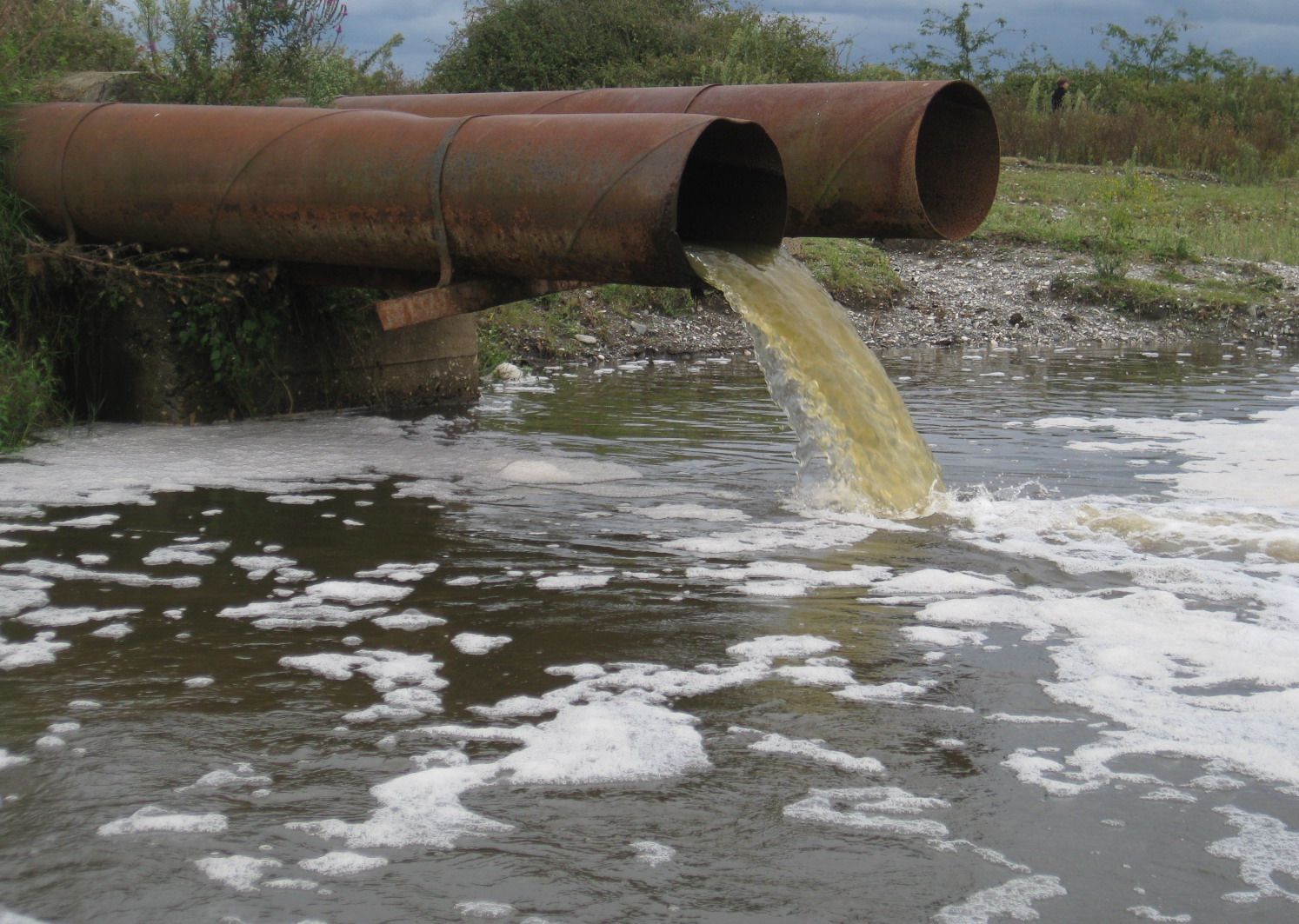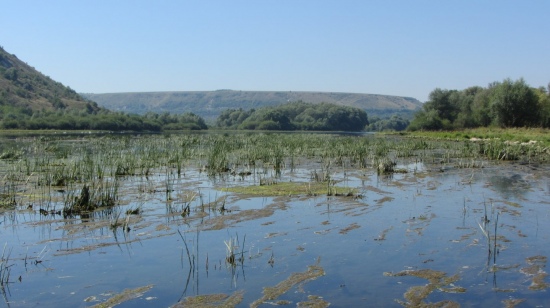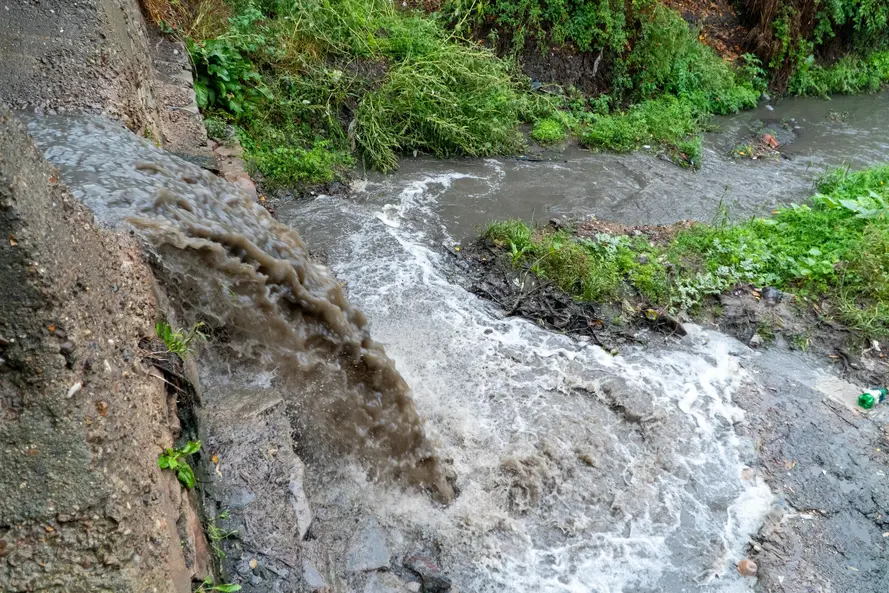
Problems
Ecological Hotspot on the Dniester
The Dniester is the largest river in Moldova and Western Ukraine and the largest source of water in Moldova. Daily, about 26.8 million cubic meters supply nearly 8 million residents, including major cities such as Odessa and Chisinau. But this water, experts say, may be unsuitable for drinking. The problem is particularly acute in Soroca. This regional center in the north of Moldova pours more than 2,500 tons of feces into the Dniester without any treatment.
Pollution of the Dniester with feces
The problem of fecal pollution of the Dniester in Soroca has existed for 20 years. There are virtually no treatment facilities there; the only filter for wastewater is a tank, where large fractions are deposited. The rest ends up in the river, the water from which enters the water pipes of 10 large Moldovan and Ukrainian cities on both banks downstream, including Chisinau and Odesa. In Soroca, the water in the river is unsuitable even for bathing and does not meet sanitary and epidemiological standards. At the same time, according to the assurance of the State Ecological Service, already 20 km downstream from Soroca the Dniester is self-purifying with the help of elements of the natural ecosystem - fish, microorganisms, plants, and reed beds.
Tap water in Chisinau and Odessa does not meet the norm
"If we analyze the hydrochemical indicators, Nistru water is quite good - it belongs to the second, sometimes the third group of pollution," says Ilya Trombitchi, head of the Eco-TIRAS organization. - But if you take the bacteriological indicators, they are at the fourth or fifth level of the European class. That is, it is dirty and very dirty water. It's just dangerous for people's health." According to Iuliana Cantaragiu, former Secretary of State for Agriculture and Environment, Moldova's water quality assessment system does not comply with European standards. According to her, there is no term "ecological status" in the legislation and no way to identify hazardous chemicals in the water.
Gallery
3Timelines
2021
January 10
So far, only 192,000 lei (9.1,000 euros) have been allocated in the state budget for 2021 for the feasibility study of treatment facilities in Soroki. According to ecologists, Moldova pollutes the river with sewage more than Ukraine, although the length of the Dniester on Moldovan territory is less than on Ukrainian territory. Among the Ukrainian cities, Kamianets-Podilskyi, Lviv, Ivano-Frankivsk, and Ternopil dump the most organic waste into the Dniester. From Moldavian ones - Bielce and Chisinau.
2016
April 27
The local government has repeatedly raised the issue of the operation of sewage treatment plants and environmental safety. Over the years, the Tsekyniv village council has grown up with a thick folder with about a hundred appeals to authorities of various levels: from the ambassador of Moldova to Ukraine to the former President of Ukraine, Leonid Kravchuk. But not everyone cares about such "trifles". Today, the citizens of Cekiniv are aware that the restoration of old sewage treatment plants is an outdated topic, but they still hope that Moldova will solve the issue of building them on their territory. "Until now, we don't stop knocking on different doors, every six months we contact the Ministry of Ecology, we remind them of our problem, but they obviously don't care about us," says the head of the Tsekiniv village council, Iryna Rachkovska, "and we still want them to be with us." calculated for the lease of 5 hectares of our land." Today, this amount is about 10 thousand hryvnias. For some, this is small money, but for the village budget, every penny counts.
2009
With the financial support of the European Union, the construction of the Soroki sewage treatment plant on the Moldovan shore almost started, but something went wrong again.
2001
August
Ukraine and Moldova were negotiating the elimination of pollution in the Dniester River basin and the operation of treatment facilities. We agreed on the repair or construction of treatment facilities in Soroca and the removal of polluted sludge from the territory of Ukraine by the Moldovan side. However, the export was never organized, citing a lack of funds. During this time, the leadership changed six times in the city. “It's a problem that moves from one leadership of the Forty to another. The issue needs to be addressed at the national level. The mayor's office does not have sufficient financial resources to deal with this problem on its own,” says Steliana Solovei, spokeswoman for the mayor of Soroca. The mayor's office specified that we are talking about the amount of about 5 million euros.
1993
August
Untreated sewage from Soroca periodically fell into the ground, ground and surface waters, wells located near the collector, and the Dniester River. There was no money for repairs, and since 2001 the use of the complex has been suspended. Drainage from Soroca, after primary treatment, began to be dumped directly into the Dniester.
1970
Invalid Date
The sewage treatment plant in Soroca was built on the territory of the Ukrainian village of Tsekinovka. Waste water was supplied there through a pipeline, which gradually failed after the collapse of the USSR.

